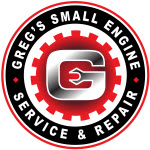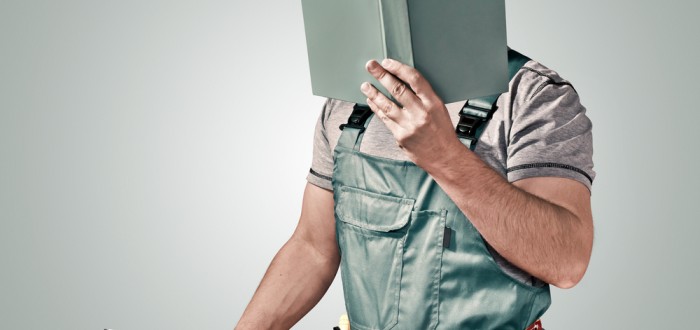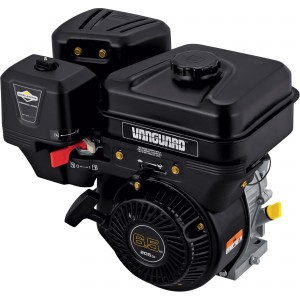Spring is here! Finally. The cold weather is receding and we can now start to enjoy the beautiful scenery of the Tahoe and Reno area without feeling as if we are on an arctic expedition. But springtime also brings with it spring cleaning. And spring cleaning is not an activity that is limited to the indoors. If you are like most homeowners, you are less inclined to clean the gutters and pressure wash the driveway when it is below freezing outside – neither activity is even possible in the winter. So you put it off. Winter has left a residue on the driveway and neglected leaves and debris in the gutters. It’s time to break out the pressure washer and get cleaning!
But before you start spraying away the dirt and the grim, there are a few things that you should do to make sure you pressure washer is up to the task. Below is a list of pressure washer maintenance items that you should be aware of.
Small Engine Maintenance
Most pressure washers make use of a small engine to power the compressor and pump. We have discussed small engine maintenance before and you can read all about it here. But to recap, check these items before you fire up the washer:
- Check the oil level. Small engine oil should be changed once a season. If you didn’t change it before you stored your washer last summer, now is the time to do it. Bad oil can increase wear on the engine and limit the lifetime of the pressure washer.
- Check the spark plug for damage, dirt and replace if necessary.
- Use new gasoline. Old gasoline left in the tank during the off season has destabilized and will cause your engine to run rough or not run at all.
Pressure Washer Maintenance
There are a few things that are specific to the pressure washer maintenance that you should check before use.
- Check the inlet screens. These screens are found where you connect the hose to the washer and are there to protect the pump from any debris that may build up in the hose. Check to make sure that they are free of debris and are not punctured. Replace if necessary.
- Inspect high-pressure hose. Replace if leaks or bulging of cover exists or if couplings are damaged or have movement. New hoses must exceed maximum pressure rating of your pressure washer. Check your owner’s manual for these numbers.
- Examine cleaning detergent injection tube and filter. Clean if dirty or clogged. Examine tube for leaks or tears and make sure it fits tightly on barbed fitting. Replace tube or siphon/filter if either is damaged.
- Test spray wand assembly. Clean nozzle orifices if clogged or replace spray wand, adjustable nozzle, or spray tips if original parts are damaged.
- Rinse out garden hose. Flush debris from hose prior to attaching to pump inlet.
That’s it. You are ready to get those gutters clear and that driveway sparkling!
Pressure Washer Repair with Greg’s Small Engines and Repair
If you think that your washer needs the attention of a professional small engine mechanic, or if you just don’t have the time this season to put in the labor yourself, Greg’s Small Engine and Repair can help. Greg’s Small Engine and Repair prides itself on its commitment to customer care and convenience. For maximum convenience, we will even come and pick up your pressure washer, service it, and return it to you. Stop by our homepage and contact us today!























